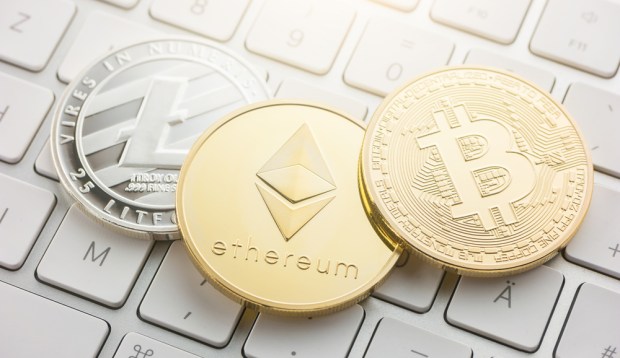Bitcoin Daily: Ripple Surges; Chinese Billionaire Dumps Blockchain

Ripple (XRP) has overtaken Ethereum within the last 24 hours, with a 7 percent surge in price for a market valuation of $24.28 billion.
According to CCN, this is the third time this year that Ripple has moved past Ethereum, with each time occurring in the second half of September. But with the market cap of Ethereum only slightly below that of Ripple — combined with the weak volume of XRP — it is likely that Ethereum will regain its position as the second-most valuable cryptocurrency soon.
In other news, billionaire Li Xiaolai, the founder of Beijing-based venture capital firm BitFund, announced that he is giving up on the blockchain and initial coin offering (ICO) space.
“From this day on, Li Xiaolai personally will not invest in any projects (whether it is blockchain or early stage). So, if you see ‘Li Xiaolai’ associated with any project (I have been associated with countless projects without my knowledge, 99% is not an exaggeration), just ignore it. I plan to spend several years to contemplate on my career change. As for what I’m doing next, I’m not sure just yet,” he wrote, according to CCN.
Li’s decision was most likely due to tighter regulation on ICOs by the Chinese government, as well as a significant boost in the number of scams in the blockchain market.
And according to new research conducted by Diar, the U.S. government’s total spending on blockchain analysis companies has more than tripled since the beginning of 2018, and is currently at $5.7 million.
The data, according to Cryptovest, showed that the U.S. government’s purchase orders and contracts with blockchain analysis firms has grown significantly since the start of 2018, with the majority of the spending (38 percent) from the Internal Revenue Service. The second-highest spender is the U.S. Immigration and Customs Enforcement (ICE), while the Federal Bureau of Investigation (FBI) is the third-highest. In fact, the IRS, ICE and FBI made up 85 percent of the total spending combined.
